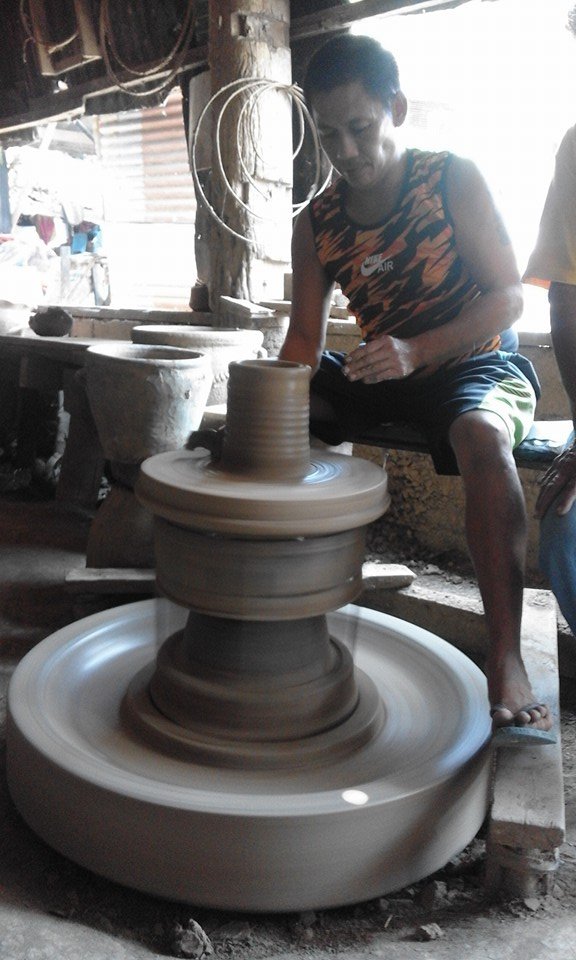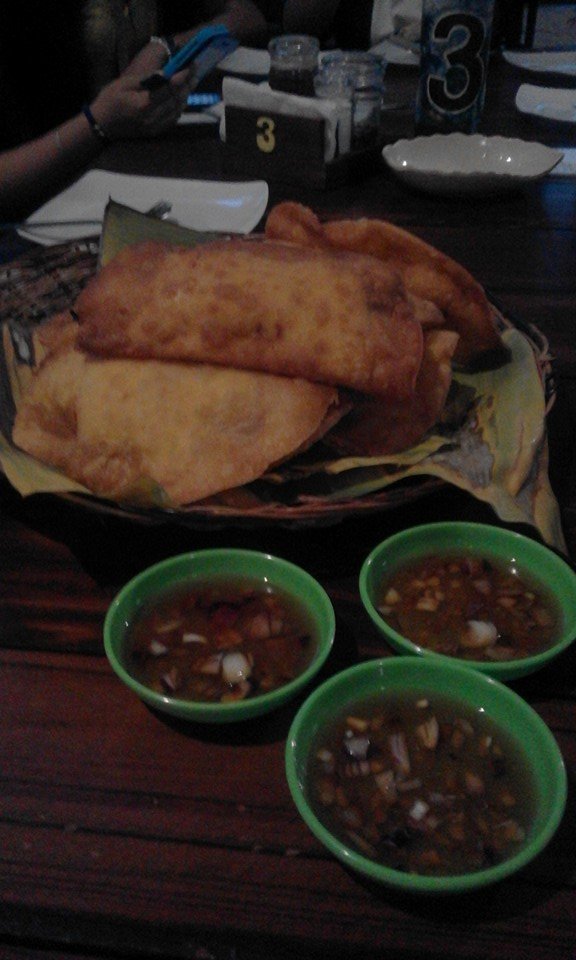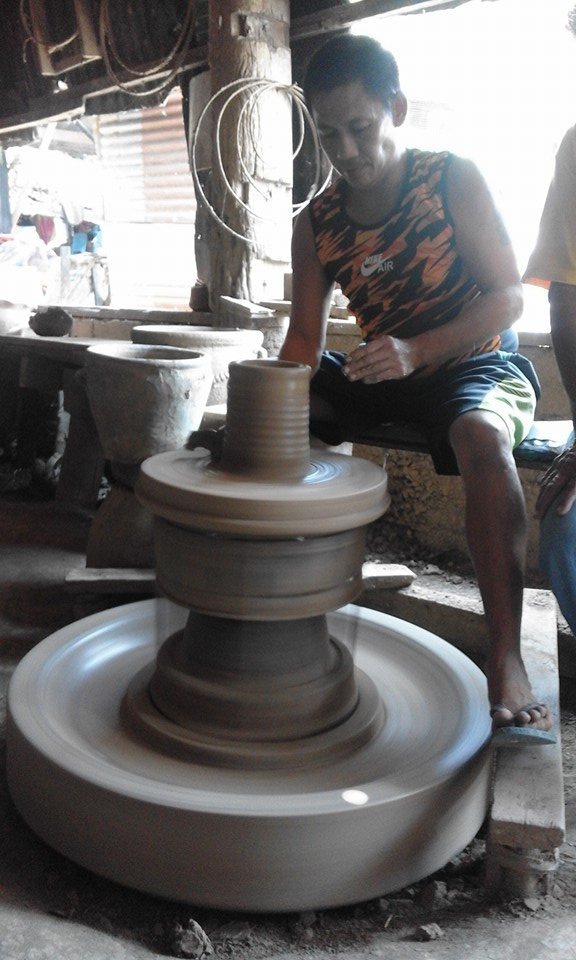I braved the 9-hour bus trip to Vigan to see the fabled heritage village of that city paved with cobblestones. The sleepy early morning breeze that greeted me was one of the surprises of Ilocos. The region is not the torrid zone I thought it was. Nor was it the all-brown landscape I had in mind. The browns were concentrated on the wooden centuries-old houses in five blocks of the village, the bagnet and the clay pots that are the products of the very established industries of the province.
The lushness of the Ilocos countryside shatters the impression that the land is arid and not arable unless it is for the sake of nicotine-lovers. Aside from tobacco, fields along the highway are planted to corn, peanuts, garlic, onions, and dragonfruit. Shouts of surprise from first-timers riding in the van must have startled our driver. The tobacco plants in their green, flowering, unharvested, unfermented state elicited much excitement and so did the rows and rows of dragonfruit leaning languidly on their slim concrete posts or straining against the confines of their rubber tire crowns that are meant to keep them from trailing on the ground. It was unfortunate that it was past dragonfruit season; it would have been a lovely sight to behold ripe deep pink dragonfruit nodding their heavy heads from the cactus-like branches. I would get to try a dragonfruit shake at the 1.5 hectare green oasis named Hidden Garden later at lunch, though. The creaminess of the cold concoction on a hot summer day lingered in my mouth and memory for the rest of the trip.

The cuisine of the Ilocano is an iconic combined force of pinakbet, longganisa, empanada, higado, dinengdeng, poqui-poqui, bagnet…uh, did I say bagnet? That cholesterol level-raising, heart attack-in-the-works slab of pork fat and crispy pork skin? Wen, manong! Even non-pork-eating ol’ me had no escape route. There was a sinigang bagnet, a sisig bagnet, a regular bagnet- I saw it everywhere that I felt like a bagnet magnet. The liver-rich higado (accent on the first syllable) and vinegary, garlicky longganisa are balanced by the vegetable-laden pinakbet, dinengdeng (akin to our laswa), poqui-poqui (sautéed eggplant with eggs beaten in), and shredded sayote-stuffed empanada.

To match my full stomach were the sights that filled my eyes with things soaked in the past. As one of the 7 Wonder Cities of the world, Vigan sells nostalgia to concrete jungle denizens. The rows of two-story residences, some dating back to the 1700’s, showcase the prosperity the Ilocanos enjoyed way back when. Not grandiose to my Negrense standard, the houses reflect the famous frugality of the Ilocanos. Frugality must also be the reason why a lot of these houses remain. Hundred-year-old looms at Cristy’s still are used to produce the inabel that are fashioned into blankets, towels, runners, placemats, and bags. Fidel Go’s Pagburnayan also carries on an artisanal tradition of pot-making. The workshop’s 50-meter kiln is testimony of the ongoing demand for handmade clay pots. Calesas and their obedient horses go click-clacking over the stone-paved streets. Tourism is good business here! When once there were only eight horse-drawn carriages, there are now over a hundred. P150 for an hour of leisurely riding will surely appeal to the twenty-first century hombre y mujer as they make their way through Calle Crisologo to a McDonald’s. Bummer.

My friends say that I can see everything in one day in Vigan. I shouldn’t have believed them. A cursory glance at “everything” makes one miss the pleasure of savoring history, atmosphere and food. Vigan makes one want to slow down, sit down, and calm down. General Antonio Luna’s impatient and explosive “Punyeta” certainly does not belong here. But of course since that would be in Badoc his birthplace that happens to be in Ilocos Norte. And, that is another story.

